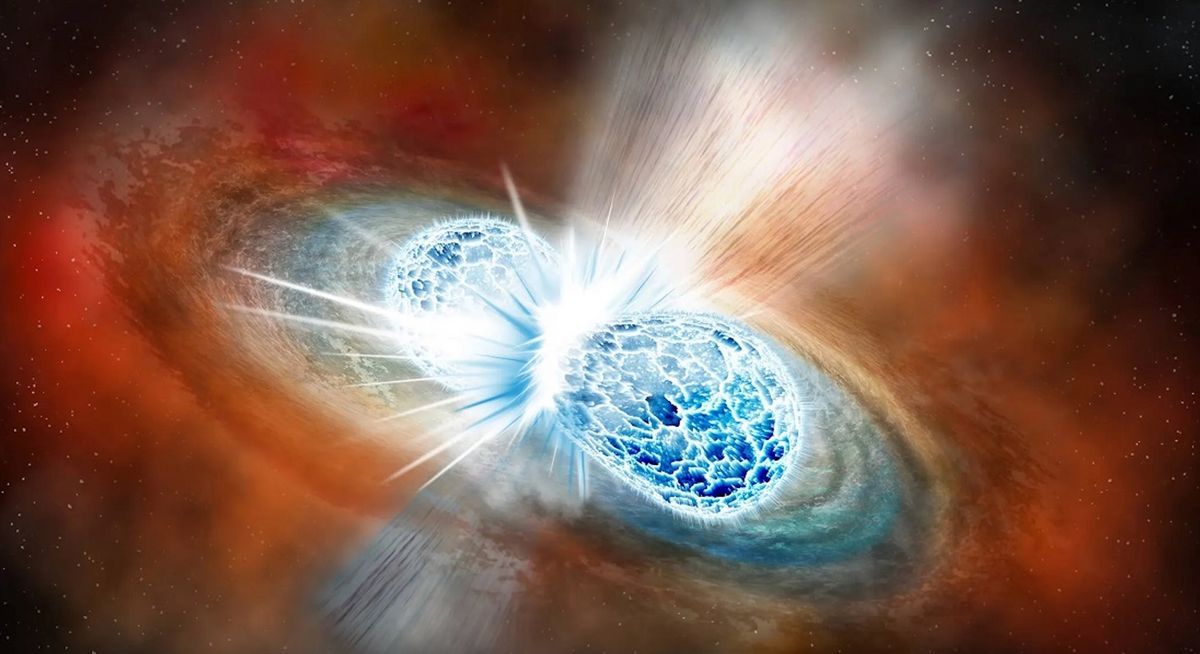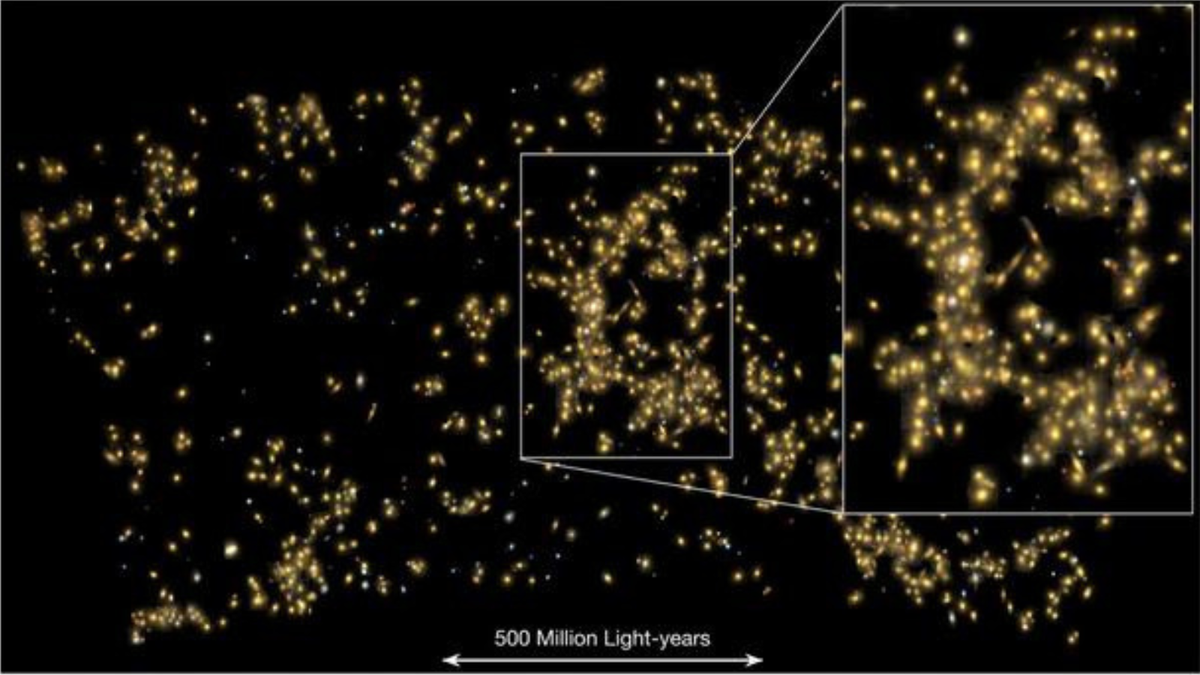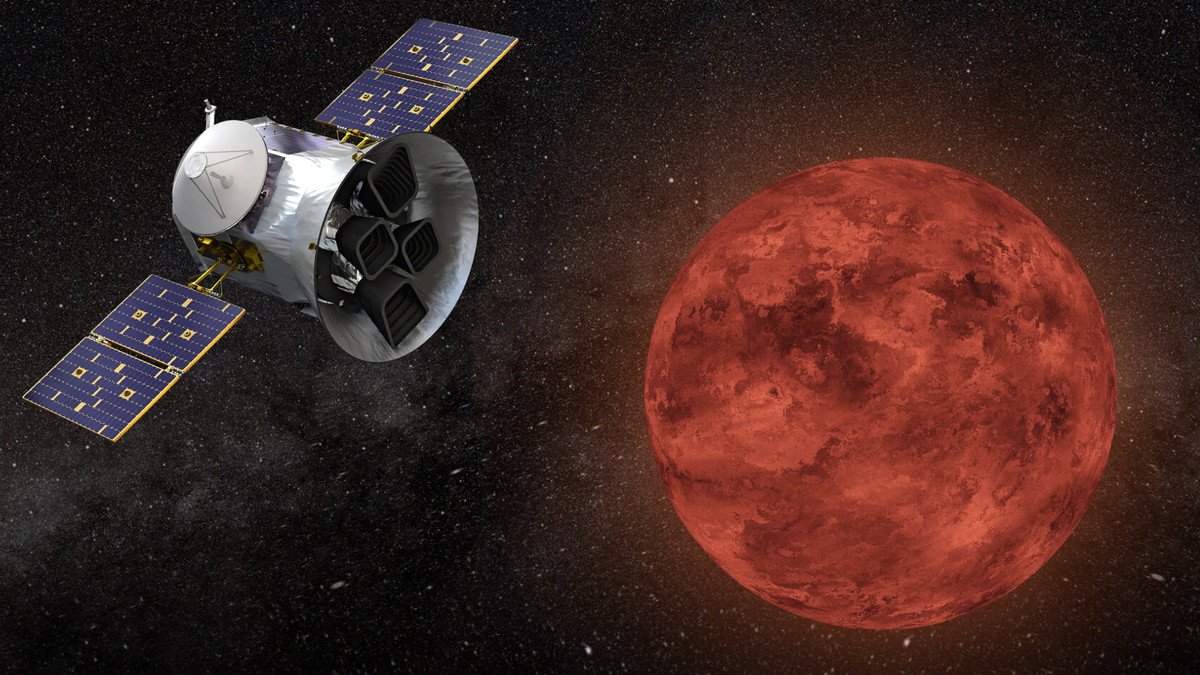New Insights into Dark Matter from Neutron Star Collision
The occurrence of a collision between two neutron stars approximately 130 million light-years away from Earth has presented a unique opportunity to delve into the mysteries of dark matter. Recent research led by physicist Bhupal Dev from Washington University suggests that this event, known on Earth as the gravitational wave signal GW170817, could offer valuable insights into hypothetical particles called “axions,” which are among the leading candidates considered for dark matter.
Axions, although they have never been directly observed, are integral to various models that go beyond the Standard Model of particle physics, our current most comprehensive elucidation of subatomic particles and their interactions.
The Enigma of Dark Matter
Dark matter presents a significant conundrum for scientists due to its lack of interaction with light, rendering it invisible to conventional observation methods. In addition, dark matter exhibits minimal engagement with other fundamental forces like electromagnetism. These unique characteristics rule out the possibility of dark matter being constituted by electrons, protons, or neutrons, which make up conventional matter forming celestial bodies, including stars, planets, and organisms on Earth. This enigma is further heightened by the mere 15% of matter in the universe that is explained by existing physics frameworks and theories.
Exploring Neutron Star Collisions
Neutron stars are born when massive stars burn through their nuclear fusion fuel and can no longer sustain gravitational pressure, ultimately culminating in a supernova explosion that rids the star of its outer layers. What remains is a highly dense collapsed core, known as a neutron star, characterized by intense neutron-rich matter. The gravitational consequences of neutron stars orbiting together in a binary system generate gravitational waves that influence their trajectory, leading to an eventual merger.
The collision between these neutron stars instigates esoteric physical processes that are unparalleled elsewhere in the cosmos. Notably, these cosmic events are considered the only environment capable of producing elements heavier than iron, such as gold and silver, surpassing the synthesis abilities of massive stars.
Linking Axions to Neutron Star Collisions
According to Bhupal Dev’s research, the aftermath of a neutron star collision offers a unique setting for the production of exotic particles like axions. These particles, postulated to be constituents of dark matter, could manifest as a consequence of the merger and subsequently decay into observable particles like photons. The team’s findings propose that gamma-ray telescopes like NASA’s Fermi space telescope could capture these phenomena, crucial for advancing our comprehension of axions and potentially unveiling the composition of dark matter.
The study, published in Physical Review Letters, underlines the significance of exploring neutron star collisions as a gateway to elucidating the mysteries of dark matter and the universe’s missing matter conundrum.
Image/Photo credit: source url





